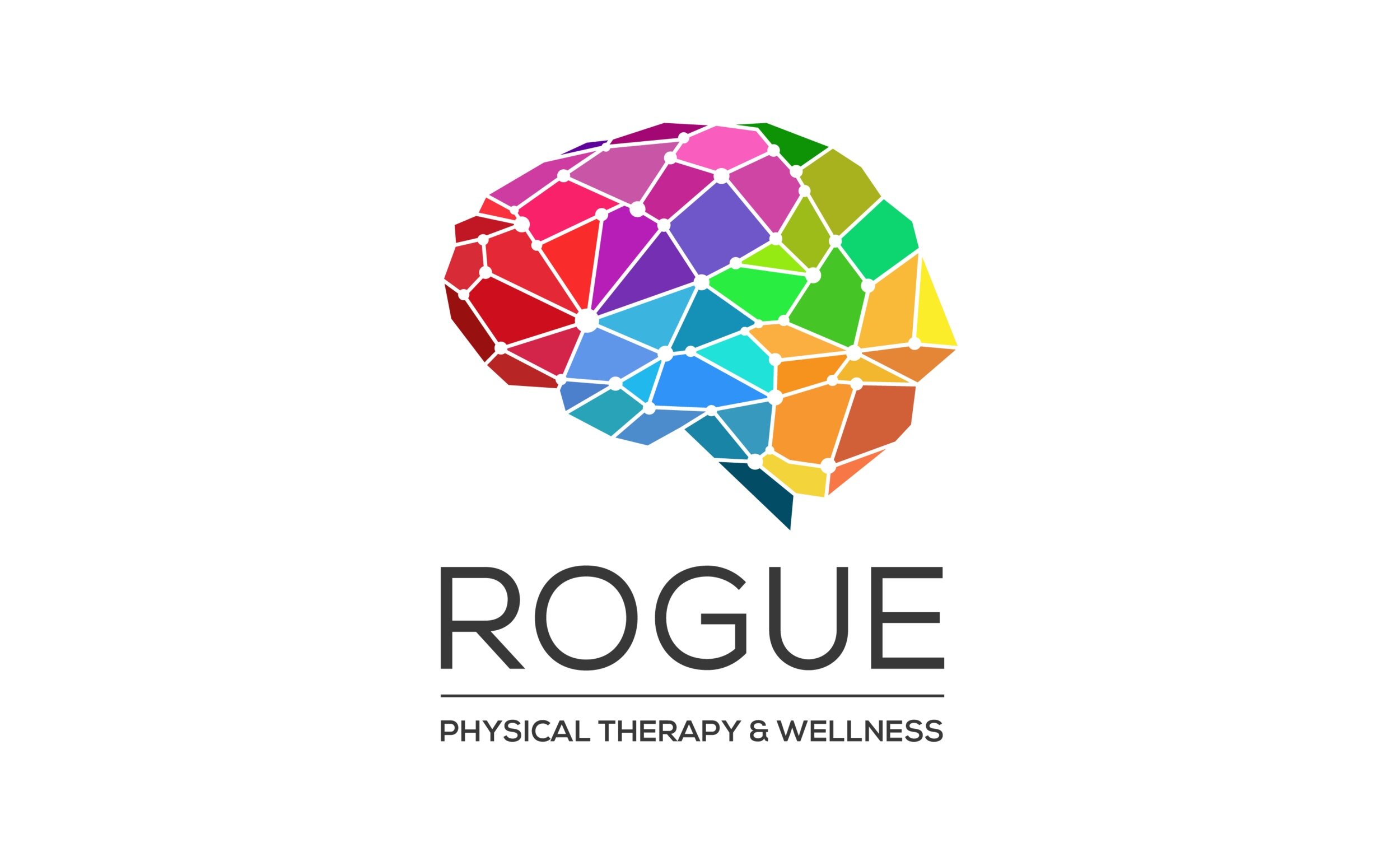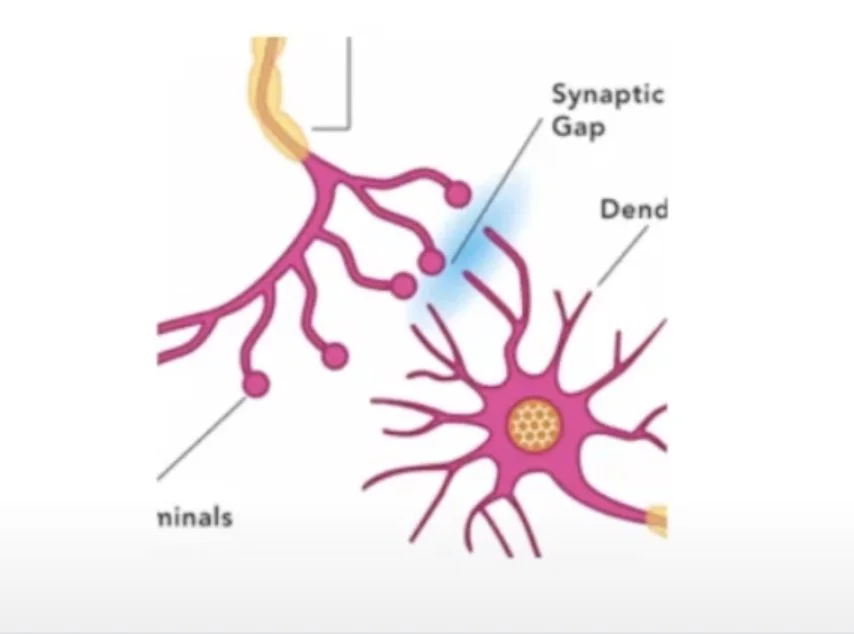How Intentional Speech Training Helps Parkinson’s Patients Communicate Clearly
Parkinson’s disease affects movement and speech, often leading to reduced vocal amplitude and difficulty articulating words. This blog will explore how intentional speech training helps patients communicate more clearly by addressing key issues such as reduced amplitude of movement and the neurological factors behind Parkinson’s, including the role of dopamine. We will also discuss early signs of speech and swallowing disorders, which can significantly impact a person’s quality of life.
Understanding the brain’s two motor systems - the pyramidal and extrapyramidal systems - provides insight into how Parkinson’s affects movement and speech. We will examine the Parkinson Voice Project’s therapy program, which emphasizes using intent to improve vocal strength and clarity. Additionally, we will highlight real-world applications of this approach, including The Loud Crowd, a support group that helps individuals maintain their communication skills through structured practice and encouragement.
Understanding the Brain’s Motor Systems
Humans have two motor systems that work together to control movement: the pyramidal and extrapyramidal systems. The pyramidal system is responsible for voluntary movements, allowing precise control over actions such as writing, walking, and speaking. It originates in the motor cortex and sends direct signals to muscles through the spinal cord, enabling intentional and coordinated movements.
The extrapyramidal system, on the other hand, regulates automatic and involuntary movements, such as posture, balance, and muscle tone. This system works in the background to ensure smooth and fluid motion, preventing jerky or uncoordinated actions. Both motor systems must function properly to maintain effortless movement and coordination in daily activities.
The Impact of Parkinson’s on Movement
Parkinson’s disease is marked by a progressive reduction in movement amplitude, affecting various daily activities. Individuals with Parkinson’s often experience a shuffling gait with smaller steps, making it difficult to maintain balance and coordination. This decrease in walking ability can lead to an increased risk of falls and a reduced sense of independence.
In addition to smaller steps, people with Parkinson’s may exhibit micrographia, a condition where their handwriting becomes progressively smaller and less legible. Their voice may also weaken over time, resulting in a softer, more monotone speech that makes communication challenging. These changes in movement, writing, and speech significantly impact a person’s ability to express themselves and engage in social interactions.
The Silent Decline: How Dopamine Loss Triggers Motor Symptoms
Neurons responsible for producing dopamine gradually deteriorate or die, leading to a significant reduction in this essential chemical. Dopamine plays a crucial role in transmitting signals that control movement and coordination, so its depletion disrupts normal motor function. As these neurons continue to decline, individuals may experience increasing difficulty with movement, balance, and overall physical control.
By the time noticeable motor symptoms emerge, nearly 80% of dopamine-producing cells have already been lost. This delayed onset of symptoms makes early detection challenging, as the brain compensates for the loss until the damage is severe. Once the symptoms become apparent, they often include tremors, stiffness, and slowed movement, significantly impacting daily life.
Dopamine: The Key to Smooth and Automatic Movements
Dopamine is a crucial neurotransmitter that facilitates communication between neurons, ensuring smooth and coordinated muscle movements. It plays a vital role in planning and controlling automatic motor functions, such as walking, blinking, and swallowing. Without sufficient dopamine, these processes become uncoordinated, leading to difficulties in performing everyday tasks effortlessly.
When dopamine levels drop significantly, the brain struggles to transmit signals that regulate involuntary and voluntary muscle movements. This disruption causes stiffness, tremors, and slowed movement, which are hallmark symptoms of conditions like Parkinson’s disease. As a result, individuals may find even the simplest actions, such as buttoning a shirt or maintaining balance, increasingly challenging.
Dopamine: The Essential Bridge for Movement and Coordination
Neurons do not directly touch each other; instead, there is a small gap between them where communication occurs. Dopamine is released into this gap as a bridge that carries signals from one neuron to the next, ensuring smooth and efficient transmission of movement-related information. Because of this critical function, dopamine is classified as a neurotransmitter, playing a key role in controlling automatic muscle movement.
When at least 80% of dopamine is lost, the brain’s ability to transmit movement signals becomes severely impaired. This disruption leads to difficulties with coordination, balance, and motor control, making even simple tasks challenging. As dopamine levels continue to decline, symptoms such as tremors, muscle stiffness, and slow movements become more pronounced, significantly affecting a person’s quality of life.
Dopamine and Motivation: The Hidden Challenge of Parkinson’s
Dopamine is not only essential for movement but also plays a crucial role in motivation and drive. It helps regulate the brain’s reward system, influencing a person’s ability to initiate and sustain activities. When dopamine levels drop due to Parkinson’s, individuals may struggle with a lack of motivation, making even simple tasks feel overwhelming.
This decrease in motivation can affect daily routines, leading to reduced participation in exercise, social interactions, and speech therapy. Without enough dopamine, individuals may feel fatigued, apathetic, or disinterested in activities they once enjoyed. Recognizing this challenge is important, as structured routines, external encouragement, and therapies can help individuals stay engaged and active despite these difficulties.
Recognizing the Early Signs of a Speech Disorder
Speech disorders often begin with subtle changes that may be easy to overlook. One early sign is a reduced vocal volume, making it difficult for others to hear the speaker clearly, even in quiet environments. Additionally, a person may develop a hoarse-sounding voice, which can indicate strain or issues with the vocal cords.
Other warning signs include frequent throat clearing and trailing off at the end of the sentences, suggesting difficulty maintaining vocal strength. In some cases, individuals may experience inconsistent voice production, where their speech sounds strong at times but weak or strained at others. Identifying these early symptoms is crucial for seeking timely intervention and preventing further speech difficulties.
Recognizing the Early Signs of a Swallowing Disorder
Swallowing disorders, or dysphagia, often present with subtle symptoms that can gradually worsen over time. One early indicator is excessive drooling, which may suggest difficulty managing saliva or coordinating swallowing movements. Additionally, frequent coughing during or shortly after eating or drinking can signal that food or liquid is entering the airway instead of the esophagus.
Another common warning sign is the sensation of food or pills “getting stuck” in the throat, leading to discomfort and potential choking risks. Unexplained weight loss can occur when swallowing becomes difficult, causing individuals to eat less and struggle with proper nutrition. Recognizing these symptoms early is essential for seeking medical evaluation and preventing complications such as malnutrition or aspiration pneumonia.
Unlocking Clear Communication: The Power of Intentional Speech Training
Individuals with Parkinson’s can enhance their communication skills even without a formal therapy program by practicing intentional speech techniques. Focusing on articulation and volume while speaking helps maintain clarity, ensuring that words are understood more easily. Simple strategies like emphasizing effort in speech can make a significant difference in daily conversations, fostering better connections with others.
Incorporating daily vocal exercise strengthens the muscles needed for speech, while reading aloud reinforces pronunciation and rhythm. Maintaining an upright posture supports breath control, making speech more powerful and sustained. Additionally, engaging in regular conversations keeps communication skills sharp, allowing individuals to stay socially connected and confident in their interactions.
The Importance of Vocal Drills
Vocal drills help individuals with Parkinson’s strengthen their voice and improve speech clarity. Just like an instrument, the vocal folds need to be warmed up before engaging in speech exercises. The first drill, a warm-up exercise, focuses on projecting the voice at 85 to 90 decibels, which is louder than normal speech but not shouting.
To perform this drill correctly, participants should sit up tall with feet flat on the ground, maintaining a neutral head position as if speaking to someone. The goal is to project the voice, not strain or yell, using an imaginary volleyball net as a visual guide. The warm-up involves saying “May, Me, My, Mo, Moo”, emphasizing strong, clear vowel sounds to build vocal strength and endurance.
Strengthening the Voice: The Sustained “Ah” Drill
In addition to vocal drills, swallowing-specific exercises help individuals with Parkinson’s maintain their ability to eat and drink safely. One of the core vocal drills is the Sustained “Ah” exercise, which strengthens vocal endurance and breath support. The goal is to hold the sound “Ah” for 10 seconds at a loudness level of 85 to 90 decibels, ensuring a strong, steady voice.
The key to success in this drill is consistency - the voice should not trail off or weaken over time. If needed, participants should pause, take a breath, and restart with full vocal strength rather than allowing their voice to fade. The mouth should be open wide, and the volume at second 10 should match second 1, maintaining clear and even vocal quality throughout the exercise.
The Vocal Glide: Enhancing Flexibility and Control
The vocal glide exercise is designed to improve vocal flexibility and prevent stiffness in the vocal folds. The exercise involves starting at a low pitch and gradually raising the voice to a higher pitch, allowing the vocal folds to stretch in a controlled manner. Just like professional singers practice their pitch glides to keep their voices strong, this exercise helps individuals with Parkinson’s maintain a smooth, controlled voice.
To perform the glide effectively, participants should move through each pitch smoothly, without skipping notes. Using hand or arm movements can help match the voice’s pitch changes with a physical motion, reinforcing control. The most challenging part is often the descent back down to a lower pitch, as voices tend to trail off - so it’s important to stay loud and steady until the very end to get the full benefit of the exercise.
Number Sequences: Strengthening Speech Rhythm and Projection
The number sequence exercise is designed to improve speech fluency, rhythm, and projection. Just like the “May, Me, My, Mo, Moo” drill, numbers must be spoken with connection and strong vocal intent. As participants progress, the exercise becomes more challenging, incorporating counting by twos, fives, counting backward, and even using different languages to keep the brain engaged.
The key to success is maintaining a steady cadence and up-and-over projection, ensuring each number is spoken. When needed, pausing for a breath is encouraged, but speech should remain fluid and connected. Using hand movements can reinforce the rhythm and projection, making this an effective and dynamic way to strengthen speech clarity and vocal endurance.
Final Thoughts
Parkinson’s disease presents many challenges, but intentional speech training can make a significant difference in maintaining clear communication and overall quality of life.
By engaging the pyramidal motor system and using structured programs like SPEAK OUT! and The LOUD Crowd, individuals with Parkinson’s can strengthen their voices and regain confidence in everyday conversations.
If you’re in the Orange County, California area, we invite you to check out our in-person classes at Rogue Physical Therapy and Wellness. Join us in person here for expert-led training that supports long-term success.
But if there aren’t any gyms or therapy centers near you, don’t worry - you can still access our Parkinson’s-specific online workouts to stay active and engaged.
Our Rogue in Motion online program provides specialized speech therapy designed to help you speak with clarity and intent.
And on top of Speech classes, we also have Boxing, PWR! Moves, Cardio, High-Intensity Interval Training (HIIT), and Strength classes that you can choose from.
With our online membership, you can join from home and enjoy:
An extensive library of over 3,000 Parkinson’s-specific exercise videos that you can follow anytime, anywhere
Live Zoom classes, five days a week, where you can work out in real time and connect with other Rogue in Motion members
Q&A sessions with a Parkinson’s-specialized physical therapist for advice on exercise plans, diet, and more!
Check out our expert-led virtual classes here and start taking control of your movement and speech from the comfort of your home.
The techniques used in our programs are backed by research and designed to counteract the speech difficulties associated with Parkinson’s. Regular practice within a supportive group setting helps reinforce progress and build confidence in communication. With ongoing participation, individuals can preserve their ability to express themselves clearly and stay actively engaged in conversations.
No matter where you are in your journey with Parkinson’s, staying proactive with consistent practice, structured therapy, and a supportive community can help you preserve your independence. Whether you choose in-person sessions or online exercises, taking small steps toward improving speech and movement can make a lasting difference. Start today and continue living life to the fullest with confidence and control.
[embed YT video]








